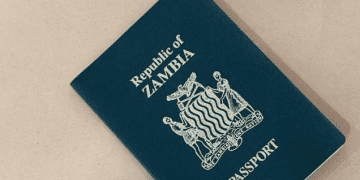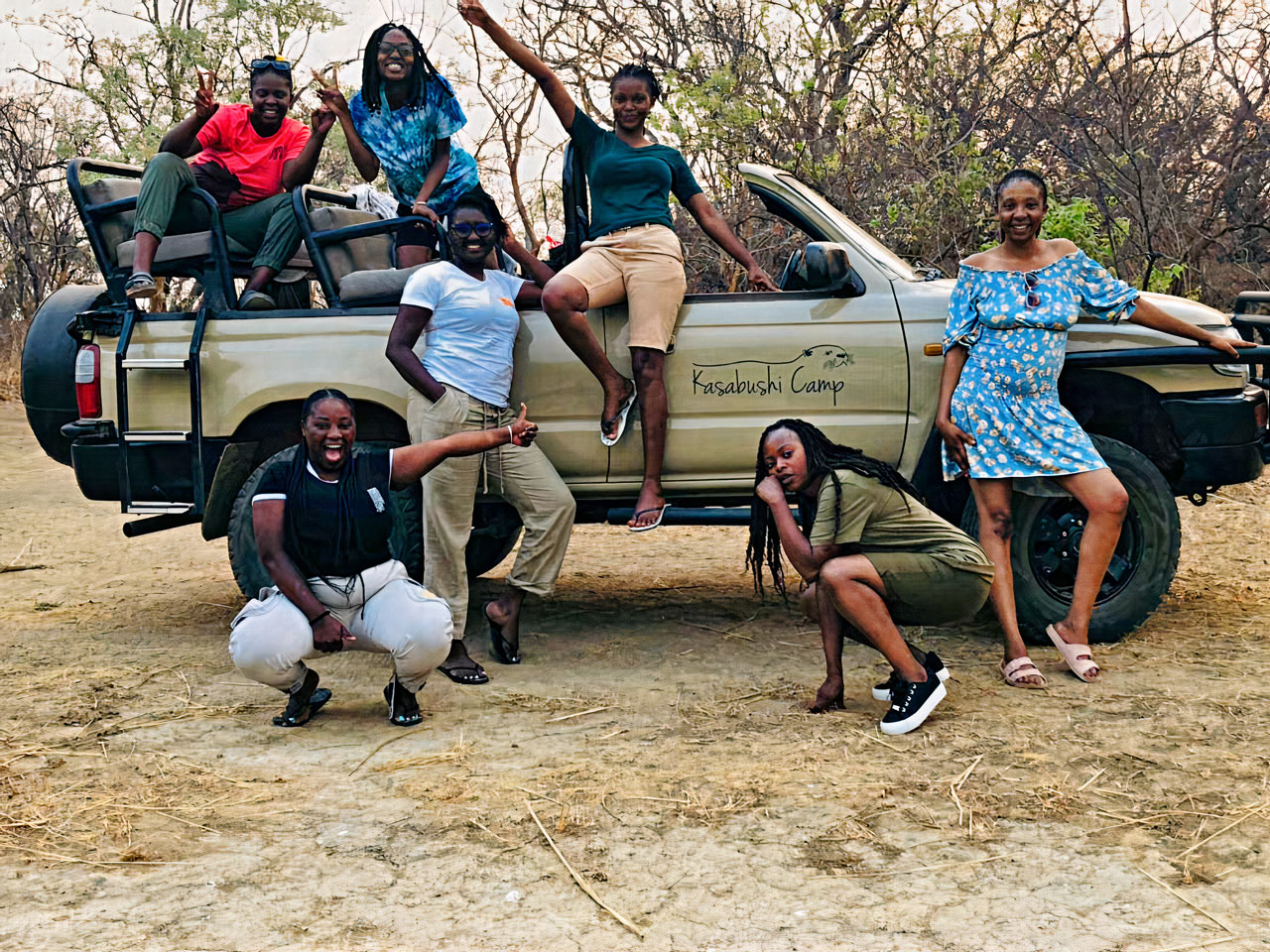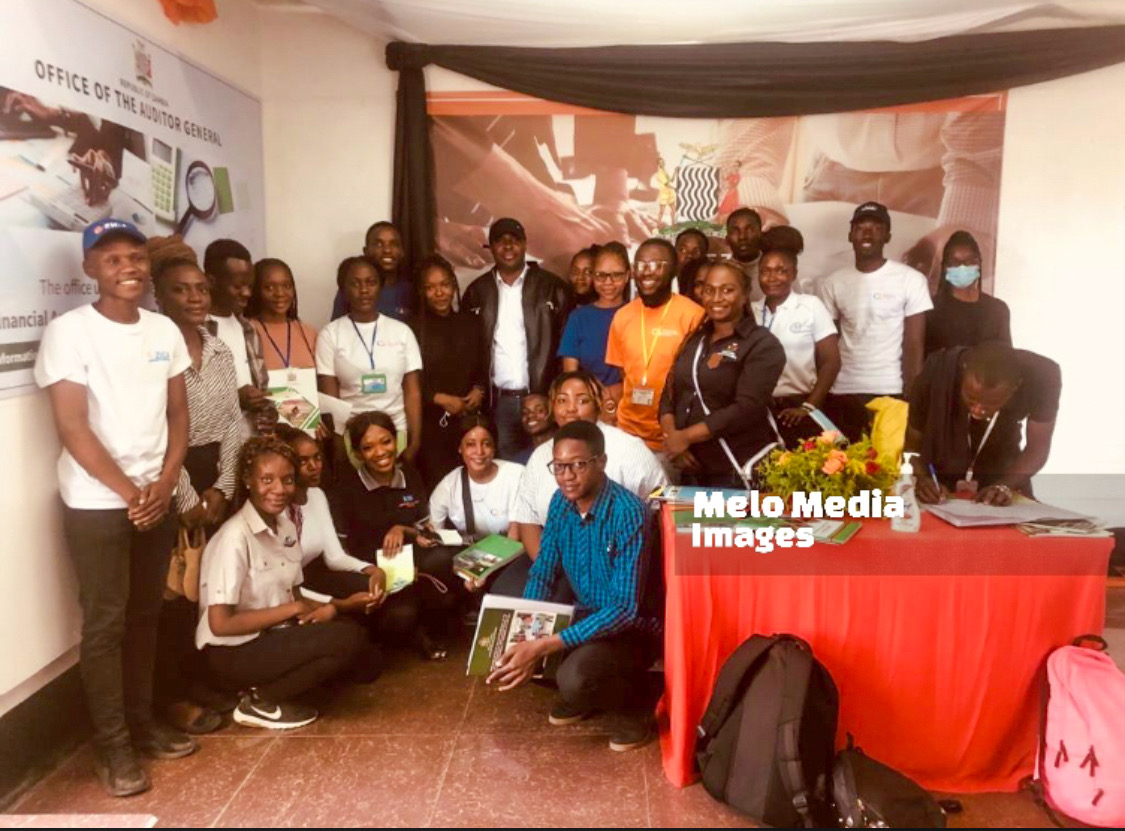By Lubinda Sinyani
Barotseland, a region in Western Zambia, boasts a rich cultural heritage that dates back centuries. This kingdom, whose history is shrouded in mystery and intrigue, has left an indelible mark on the region’s cultural, social, and political landscape. From its fascinating traditions and customs to its unique art and music, Barotseland is a treasure trove of cultural riches waiting to be explored. As a skilled content writer and digital marketer, I am excited to take you on a journey through this fascinating kingdom’s legacy. Join me as we delve into the intricate details of Barotseland’s history and explore the unique cultural heritage that has been passed down from generation to generation. Discover the stories, traditions, and customs that make this region so fascinating and learn about the impact it has had on the people who call it home. So, buckle up and get ready for an adventure through the legacy of Barotseland!
Barotseland was founded in the 16th century by the Lozi people, who migrated to the region from present-day Angola. The Lozi people established a powerful kingdom, which was ruled by a king known as the Litunga. The kingdom grew in power and influence over the years, and at its height, it encompassed a large portion of present-day Zambia and parts of neighboring countries.
The kingdom was known for its strong military and political organization, as well as its advanced system of water management and irrigation. The Lozi people were also renowned for their skills in agriculture, fishing, and hunting, which allowed them to thrive in the region’s challenging environment.
Despite its many accomplishments, Barotseland’s history was not without its challenges. The kingdom faced numerous invasions and conflicts over the years, including a long-standing dispute with the British Empire, which eventually led to Barotseland becoming part of Northern Rhodesia, the forerunner to modern-day Zambia.
The Litunga, or king, is the traditional ruler of Barotseland, and the royal establishment plays a crucial role in the kingdom’s culture and society. The Litunga is considered the supreme authority in the kingdom, and his word is final in matters of law and governance.
The royal establishment is made up of various officials and advisers, including the Ngambela, or prime minister, and the Induna, or councilors. These officials work together to uphold the kingdom’s traditions and customs, and to ensure that the Litunga’s commands are carried out.
The royal establishment also oversees the kingdom’s various ceremonies and rituals, including the Kuomboka ceremony, which takes place annually and marks the Litunga’s move from his summer palace to his winter palace.
Barotseland’s traditional customs and beliefs are deeply ingrained in the kingdom’s culture and society. The Lozi people have a rich oral tradition, which includes a vast body of mythology, folklore, and legends. These stories are passed down from generation to generation and help to explain the world around them.
One of the most important traditional customs in Barotseland is the concept of mutwa, or respect. This involves showing deference and respect to one’s elders, and to those in positions of authority. It is considered a fundamental aspect of the kingdom’s social fabric, and is reflected in the way people interact with each other on a daily basis.
Another important custom is the use of the kafue, a traditional drum used to communicate messages across long distances. The kafue is an integral part of the kingdom’s cultural heritage, and is used during ceremonies and rituals to convey important messages.
Barotseland is home to a wide range of cultural practices and ceremonies, many of which have been passed down through the generations. These practices reflect the kingdom’s rich cultural heritage and help to bring the community together.
One of the most important ceremonies in Barotseland is the Kuomboka ceremony, which takes place annually and marks the Litunga’s move from his summer palace to his winter palace. The ceremony is a colorful and vibrant celebration, with thousands of people lining the banks of the Zambezi River to witness the event.
Another important cultural practice is the use of the mukanda, a traditional initiation ceremony for young boys. The mukanda is a rite of passage that marks the transition from childhood to adulthood and involves a period of intensive training and education.
Barotseland is known for its rich tradition of arts and crafts, with a wide range of traditional crafts still being produced today. These crafts reflect the kingdom’s cultural heritage and are an important part of its identity.
One of the most iconic crafts in Barotseland is the mukwa mask, which is used during traditional ceremonies and rituals. The masks are carved from the wood of the mukwa tree and are decorated with intricate designs and symbols.
Another important craft is the weaving of traditional baskets and mats, which are made from locally sourced materials such as reeds and grasses. These items are both functional and decorative and are an important part of the kingdom’s cultural heritage.
Barotseland has a rich tradition of music and dance, which is closely tied to its cultural heritage. The kingdom’s music and dance are characterized by their vibrancy and energy, and are an important part of its social fabric.
One of the most important musical instruments in Barotseland is the silimba, a xylophone-like instrument made from wood and metal. The silimba is used in a wide range of traditional music and is often accompanied by drums and singing.
Dance is also an important part of Barotseland’s cultural heritage, with a wide range of traditional dances still being performed today. These dances are often accompanied by music and are an important part of the kingdom’s social fabric.
Barotseland’s cuisine is rich and varied, with a wide range of traditional dishes still being prepared today. The kingdom’s cuisine reflects its cultural heritage and is characterized by its use of local ingredients and traditional cooking techniques.
One of the most iconic dishes in Barotseland is the nshima, a type of porridge made from maize meal. Nshima is a staple food in the region and is often served with a variety of stews and side dishes.
Another popular dish is the kapenta, a type of small fish that is dried and salted before being fried. Kapenta is a popular snack in the region and is often served with nshima and vegetables.
Barotseland is home to a wide range of tourist attractions, from its stunning natural scenery to its rich cultural heritage. Some of the most popular attractions in the region include the Zambezi River, which forms the kingdom’s southern border, and the Liuwa Plain National Park, which is home to a wide range of wildlife.
Other popular tourist attractions in Barotseland include the Kuomboka ceremony, which takes place annually and draws thousands of visitors to the region, and the Mumbwa Caves, which are a series of ancient caves that are believed to have been used by the Lozi people for religious purposes.
Despite the many challenges it has faced over the years, Barotseland’s cultural heritage remains a vital part of the kingdom’s identity. Efforts are underway to preserve and protect this heritage, including the establishment of cultural centers and the promotion of traditional practices and customs.
Tourism also plays an important role in preserving Barotseland’s cultural heritage, by providing a platform for the kingdom’s traditions and customs to be showcased to the world.
Barotseland’s rich cultural heritage is a testament to the kingdom’s history and its enduring legacy. From its fascinating traditions and customs to its unique art and music, Barotseland is a treasure trove of cultural riches waiting to be explored. By preserving and promoting this heritage, we can ensure that Barotseland’s legacy lives on for generations to come.







































